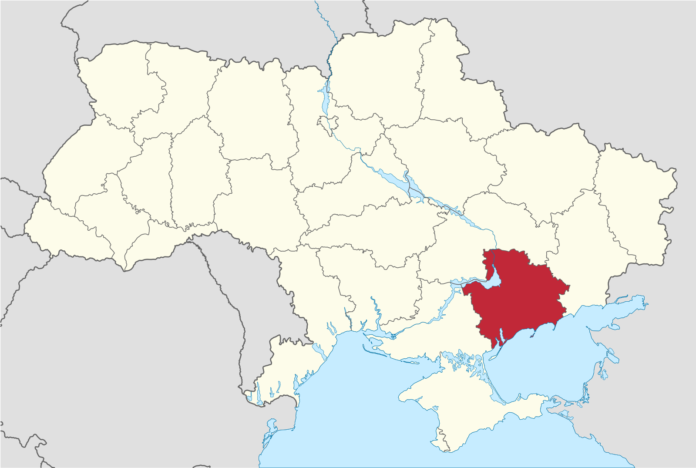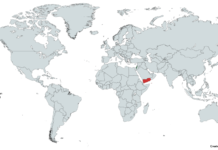The series of strikes, executed using ballistic and cruise missiles, highlights the ongoing and intense conflict between Russia and Ukraine. This attack saw the firing of 88 missiles and 63 Shahed drones, culminating in extensive damage across several regions and leaving 1.2 million Ukrainians without power. The operation was not just a demonstration of military might but a calculated strike aimed at crippling Ukraine’s energy infrastructure, an essential lifeline for the civilian population amidst the ongoing conflict.
The eastern region of Kharkiv bore the brunt of the power outages, with approximately 700,000 residents affected. The scale of the attack was unprecedented in the current conflict, according to UkrEnergo, Ukraine’s grid operator. This event has catapulted the war into a new phase, where the targeting of civilian infrastructure has become a pronounced strategy, exacerbating the humanitarian crisis in Ukraine.
In a devastating turn of events, the DniproHES, Ukraine’s largest dam located in the southern Zaporizhzhia region, was struck eight times. This assault set parts of the dam ablaze, a stark symbol of the conflict’s reach into the environmental and economic stability of the nation. Despite the severity of the attack, officials have stated there is no immediate danger of a breach, preventing further disaster.
Ukraine’s energy minister, German Galushchenko, characterized the salvo as the largest attack on the nation’s energy infrastructure since the onset of aggression. This strategy not only plunges civilians into darkness and cold but also aims to demoralize a nation already besieged by conflict. The targeting of such infrastructure is a clear attempt to break the spirit of the Ukrainian people and undermine the country’s resilience.
In response to these dire circumstances, Ukraine has received emergency power supplies from neighboring countries such as Poland, Romania, and Slovakia. This act of solidarity from European nations underscores the interconnected nature of the conflict, highlighting how the war’s repercussions extend beyond Ukraine’s borders and necessitate a collaborative effort to address the ensuing humanitarian and security challenges.
The Kremlin’s shift in language, acknowledging that Russia is effectively at war due to Western support for Ukraine, signals a hardening stance and potentially prepares the Russian populace for a protracted conflict. This acknowledgment comes as Ukrainian forces have demonstrated resilience and strategic acumen in foiling major Russian missile attacks, further complicating the Kremlin’s military objectives.
The attacks on Ukraine’s energy infrastructure and the broader implications of such strikes reveal the depth of the crisis in the region. As the conflict drags on, the international community’s role in supporting Ukraine becomes ever more critical. Assistance, whether in the form of military aid, humanitarian relief, or energy supplies, remains vital to Ukraine’s survival and resilience in the face of aggression.
This latest chapter in the Ukraine-Russia conflict not only highlights the immediate dangers and challenges faced by the Ukrainian people but also underscores the broader geopolitical tensions at play. As nations navigate these turbulent waters, the quest for a resolution continues, with the hope that peace may eventually prevail in a region torn by violence and strife.
Red color = Zaporizhia region in Ukraine
Image is licensed under the Creative Commons Attribution-Share Alike 3.0 Unported license and was created by TUBS.









